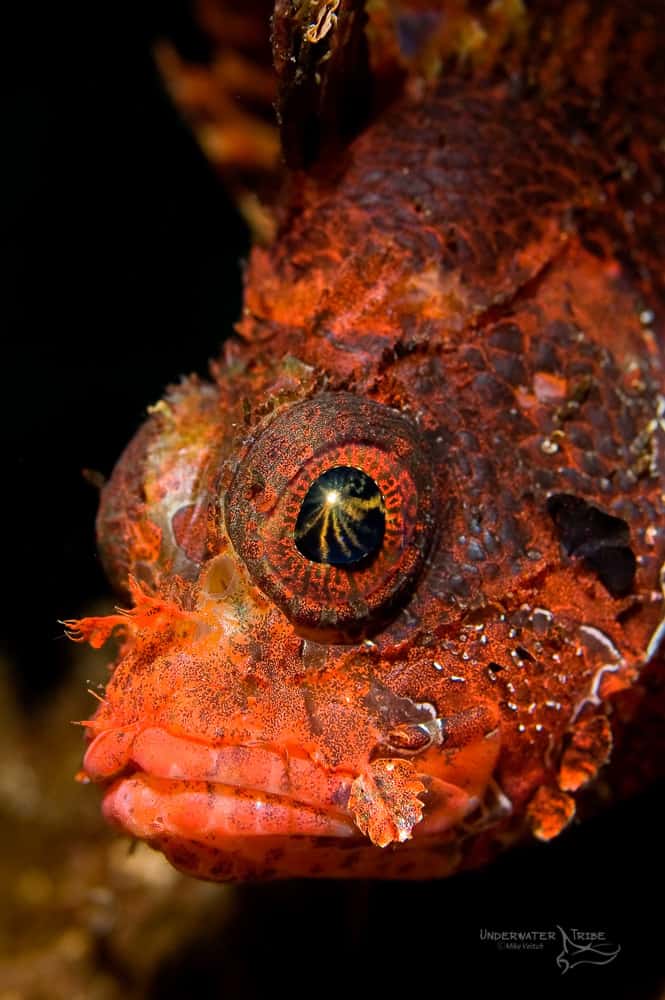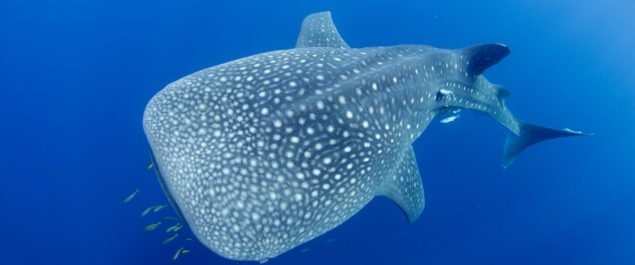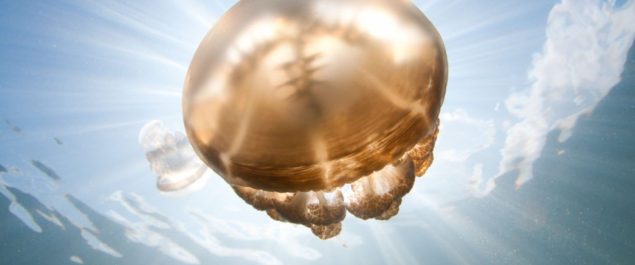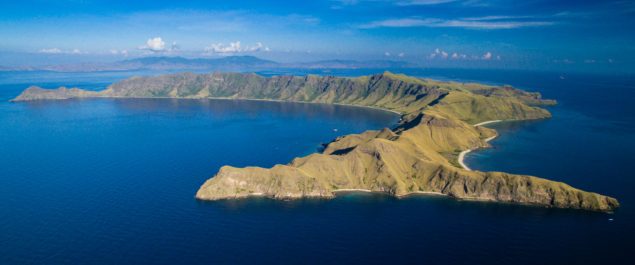Shortfin Lionfish with Lightning Bolts!

Lionfish have a bad reputation in certain parts of the world. In the case of the shortfin lionfish and other relatives however, this is a bit of bad rap! They have been thrown into the same category as their more famous cousin. The introduction of the non native Pterois volitans species (classic lionfish) to the Caribbean over 20 years ago led to a massive overpopulation there.
This introduced species is a nightmare for native fish as it has no natural predators. The lionfish is a predator, an overpopulation of them means they reduce the number of native species. Which of course means that divers and fishermen now have a high dislike of this fish! We find that whenever we post a photo or video of a lionfish, there are always a few comments about how people “hate” it. Unfortunately, the negligent act of humans has demonized this beautiful fish no matter where it is found! We can understand why people dislike lionfish in the Atlantic, however, there is no reason to dislike a fish that is found in its natural habitat!
What is the Natural Habitat of Lionfish?
The lionfish is native to the Indo Pacific region. There are more than a dozen species of lionfish in the region. In this area the fish numbers are natural and they are an integral part of the eco system. Therefore, we love finding and photographing these fish. Some species, such as the dwarf and shortfin lionfish are extremely photogenic. They tend to live on shallow rocky or sandy slopes in coastal areas such as the Tulamben area and Lembeh Strait. They tend to hide during the daytime and are more active at dusk or night time.
Photographing the Shortfin Lionfish
This photograph is unique due to the stunning lightning bolt found in the eyeball. This was actually not a difficult photograph to take as the fish was sitting nicely upon a concrete mooring block. The black background is a result of simply being below the fish and shooting slightly up toward the water column. The “lightning bolts” are simply created by the reflection of the strobes in the eyeball of the fish. There is no special technique or “photoshop” trickery used to create this look.
This photograph is from the Seraya Secrets dive site in NE Bali. Settings for the photograph are f11 at 1/200 with ISO 200 and a Nikon camera with a 105mm lens. Strobes are from Sea and Sea. Would you like to find one of these beautiful fish? Our guides are great spotters and can help you photograph one during your next trip to Bali. Please Contact Us today and we can start working on the perfect itinerary for your trip!


